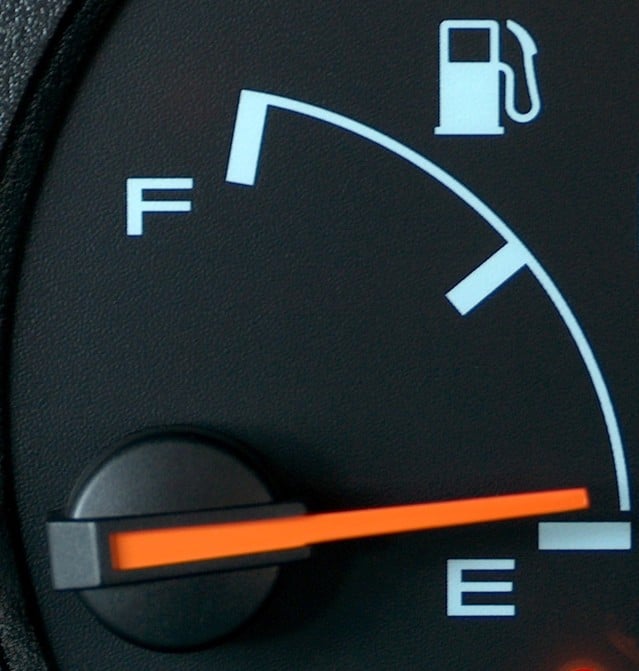Related Resources
All blogs
News
Fuel spend reporting: how to make sure nothing is left behind
Fuel spend reporting is extremely useful for fleets as fuel is probably the highest source of cost. ...
News
How to calculate Fuel Consumption in mixed fleets
Driving context when looking at fuel consumption. At Transpoco we look at fuel consumption every day...
News
The A-Z series: F for fuel—the biggest expense in fleet management
It would be difficult not to immediately associate the letter F in our A-Z of fleet management serie...




